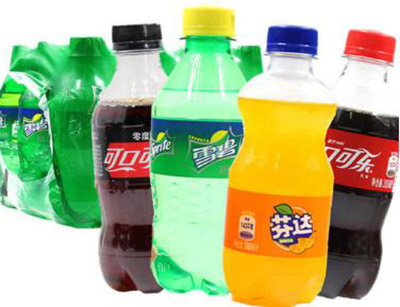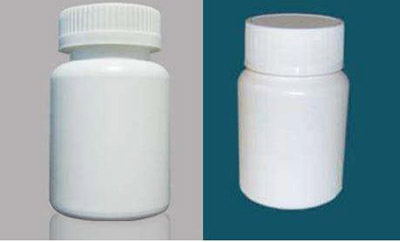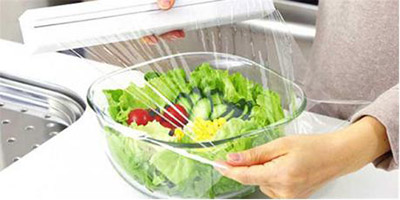©Copyright 2019 SIKO POLYMERS (SUZHOU) CO., LTD All rights reserved.Site Map Powered by iwonder.cn
- Email Uskevin@sikopolymers.com


Now if you go to websites and search "Is plastic toxic?", there would be a flurry of sensational responses about people who had been drinking from plastic bottles and had developed leukemia at a young age; Or a child who uses a plastic bottle and never grows taller.
People hate plastic, but they find it hard to separate plastic and food in their lives.
In fact, people's "talk about plastic color change" is not a bad thing, at least shows that people's awareness of food safety has increased.
But too little is known about plastics.
So is plastic really toxic?
In fact, all plastic itself is not toxic.
The damage is caused by various additives in plastics and monomers of organic matter that do not fully convert into plastic structures.
These substances may be precipitated as the plastic ages.
And the environment that different plastic suits to use is different also, below the action of oil of a few inappropriate temperature, acid base also can accelerate plastic precipitation toxic substance.
Let's take a look at some of the most common food-grade plastics on the market, dig a little deeper into their safety and explain the safe environment in which they can be used to clear up any doubts.
At present, common food grade plastics are: PET (polyethylene terephthalate), LDPE (low density polyethylene), PVC (polyvinyl chloride), PP (polypropylene), PS (polystyrene), PC (polycarbonate).
1. PET

PET is a very good processing material, without adding additives can be processed into shape.
Its toughness is significant, so it is usually used for carbonated beverage bottles, mineral water bottles, etc.
One of the most widely circulated rumors about PET bottles is that DEHP, a carcinogen, is released after 10 months of use.
The truth is that DEHP is a plastic additive, not a product of a chemical reaction that takes place in plastic, and it is not needed in PET production at all, let alone precipitated.
However, the temperature tolerated by common PET materials is about 70℃, so it cannot be used to fill hot water.
2. HDPE

HDPE is commonly used in the food industry as a medicine bottle, a material that uses no additives and is used only to store dry, stable medicines.
Therefore, the safety is very good, but this material is not easy to clean, it is recommended to be used only once.
3. PVC

PVC can also be used to make food cling film, and its transparency and toughness are better than LDPE. However, DEHA, a plasticizer, will be added in the process of PVC processing, and this substance is easy to be mutually soluble with the oil in food, so it is not recommended.
PVC can also be used to make drinking water bottles and pastry boxes, which still have the problem of plasticizer DEHA. Moreover, due to the presence of chlorine in PVC, it has always been considered as a safety hazard, and may pollute the environment when recycled.
Now THE application of PVC in the food field has been gradually replaced by other materials.
Continuous innovation, the future of plastic particles is very bright. The ability to design, manufacture and use plastic particles makes it suitable for different applications. We must also believe that these plastics are non-toxic.
Kindly contact us for innovative engineering plastics that have high durability and lightweight. You will be glad you invested in our product.